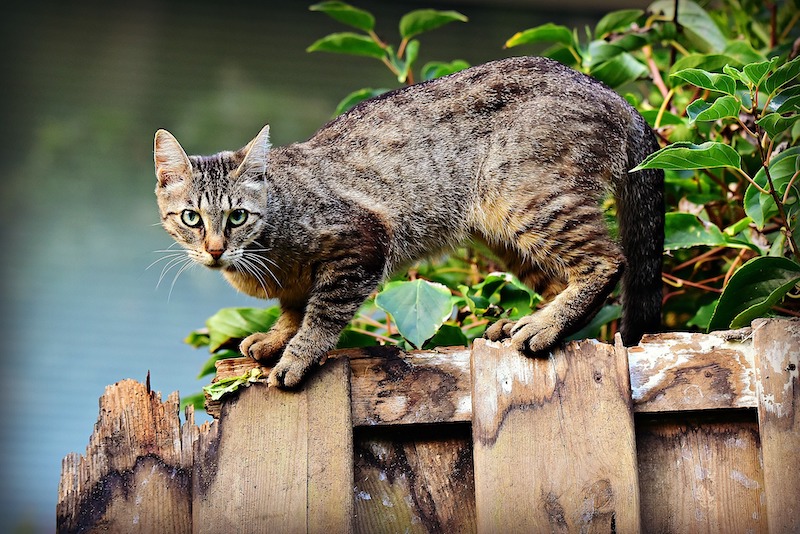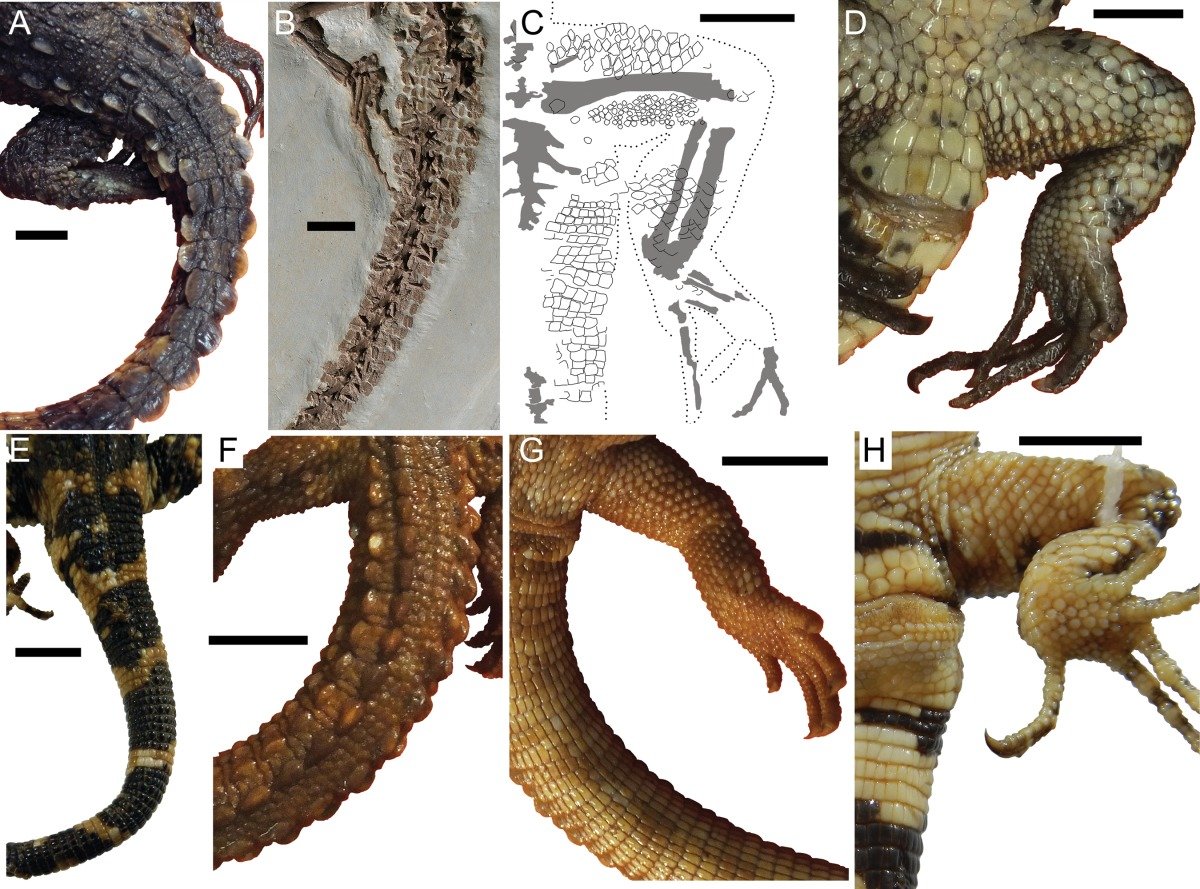Researchers are investigating which species have consciousness and how the subjective experiences of various species may differ.
We have reason to assume that not only humans, but also some non-human animal species have conscious perception. Professor Albert Newen and PhD student Leonard Dung from the Institute for Philosophy II at Ruhr-Universität Bochum investigate which species have consciousness and how the subjective experiences of various species might differ.
To do this, the experts characterize consciousness along ten different dimensions and try to understand which behaviors determine the existence of each of these dimensions of consciousness. They describe their approach in the journal Cognition.
[su_quote]While almost no one doubts that their own cat feels pain, there are many species where people are not sure: Do birds, fish, insects and worms have conscious perception?[/su_quote]
Consciousness is not like an electric switch
In the research there is a debate about which animal has consciousness. There are also various ideas about how consciousness can be expressed. “One view is that consciousness is like an on or off switch: a species either has consciousness or it doesn’t,” says Albert Newen. A more nuanced idea is to think of consciousness as a regulated switch: It can exist in different degrees.
Albert Newen and Leonard Dung do not agree with any of these theories. According to them, the ten dimensions or aspects of consciousness are distinguishable and therefore cannot be ranked precisely. For example, a rich emotional inner life, self-awareness and/or conscious perception.
“It’s not very useful to ask whether a mouse has more consciousness than an octopus,” says Albert Newen. “Depending on which aspect of consciousness you look at, you might get a different answer.”
Researchers from Bochum are considering distinguishing between strong and weak indicators of consciousness and breaking each of these down into specific aspects of consciousness. “We want to make it possible to measure how the subjective experience of various species differs between species and compared to humans,” says Leonard Dung.
Strong and weak indicators of consciousness
Simple processing of sensory stimuli is not an indicator of consciousness, according to researchers. Research on people with brain damage shows that two pathways in the brain must interact for conscious perception: One processes information about the spatial location of objects; the other categorizes objects consciously.
If one of these pathways is damaged, people can interact with objects incorrectly, for example, throwing a letter into a mailbox without perceiving the mailbox. “The bottom line is that the mere perception and response to sensory stimuli that we find in all living organisms is not a significant indicator of consciousness,” says Leonard Dung.
However, there are more complex forms of perception in the animal kingdom. Monkeys, parrots and dogs, for example, can identify or categorize perceived objects as individual things. A grey parrot named Alex was able to categorize an object as red, round and metallic at the same time. Border Collies can learn the names of up to 1,000 objects and identify and retrieve specific objects. Newen and Dung describe these skills of conscious perception as weak indicators of consciousness.
However, a strong indicator of conscious perception can be examined in an experiment in which a person wears computer glasses and is shown a house in the left eye and a face in the right eye. Participants do not see a mixture of the two images, but instead only see the house for a while, then the face, then the house again, and so on. Similar experiments are now being done for animals and can test what they consciously perceive.
Memory is a strong indicator
Researchers also consider spatial memory – the memories, times and locations of previous life events – to be a strong indicator of consciousness. This ability has been observed in detail in rats and some bird species.
Newen and Dung argue that consciousness is closely linked to complex memory, learning skills and perception. To understand consciousness, it could be useful to combine behavioral observations with neuroscientific data, which is already possible in individual cases.
“But since we don’t know enough about the origin of conscious experience in the brain, even in humans, and since we aim to compare very different species with very different brain systems, a behavioral comparison in ten dimensions is the best approach we have for now,” concludes Albert Newen.
Dung, L., & Newen, A. (2023). Profiles of animal consciousness: A species-sensitive, two-tier account to quality and distribution. Cognition, 235, 105409.





